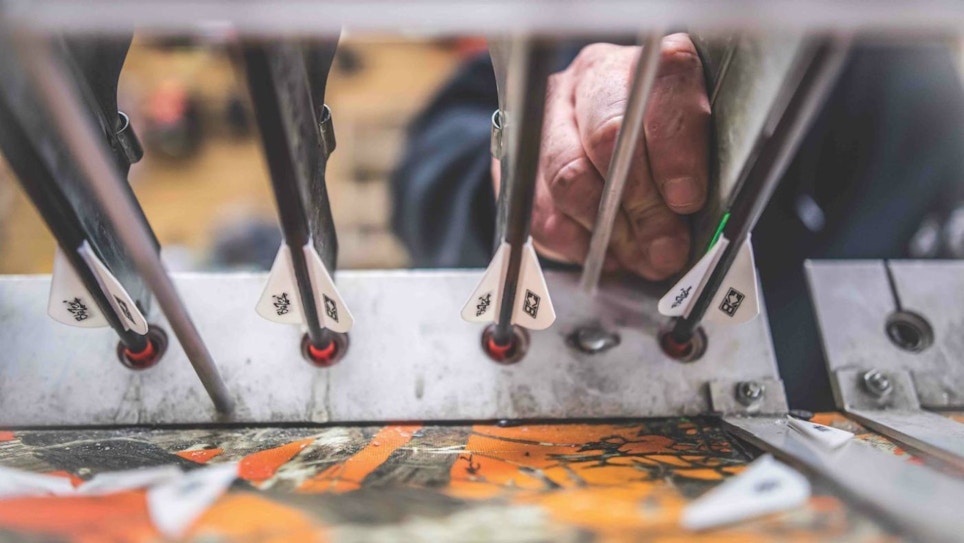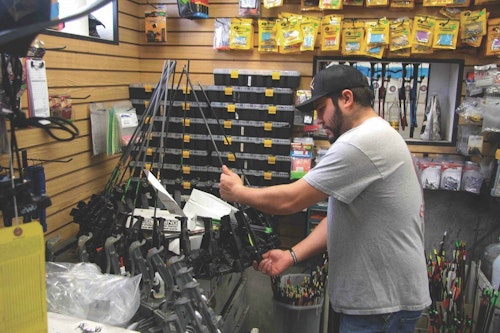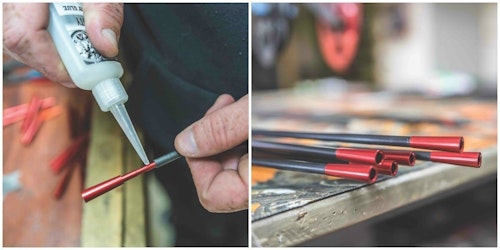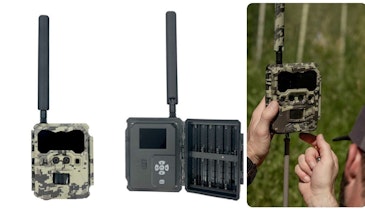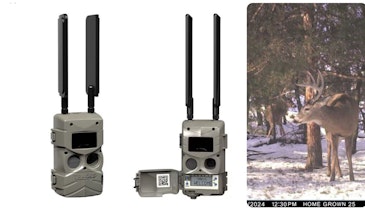Serving bowhunters is obviously different than serving firearms-oriented customers. While matching rifles and ammunition to specific needs is fairly important to big-game success, details become absolutely vital to how well bowhunters fare while afield. Nowhere is this more pointed than with terminal tackle, namely arrows and broadheads — the gear that does the actual killing.
Just as not all same-cartridge ammunition is alike, not all arrows and broadheads are created equal and suited to every bowhunting pursuit. There is seldom a one-size-fits-all solution to every bowhunter who walks through your store doors looking for equipment advice.
Even if you aren’t a hard-core bowhunter, it’s important to understand the basic details setting arrow and broadhead style and function apart, helping you offer informed recommendations to inquiring bowhunting customers. If you’re a serious bowhunter, my best advice is to avoid the “this-is-what-I-use” approach to sales. What is ideal for you may prove ill-advised for another bowhunter working under different physical limitations or realities.
Here are some factors to keep in mind while helping customers make informed buying decisions that bolster bowhunting success.
Arrow Deflection
Foremost, arrows must include deflection/spine perfectly matched to a bow’s specs, i.e. draw weight and length, point weight and cam dynamics. Draw weight influences how much push an arrow’s nock receives during launch. Draw length influences how much arrows flex under stress; shorter arrows are stiffer than longer ones. Point weight dictates how much flex occurs in the shaft center; lighter points cause less flex, heavier points more. Finally, some cam systems are “whippier” than others, in direct relation to draw-force curves. Traditional bows, for instance, provide an even push, generally requiring less rigid arrows, while high-energy compound cams impart abrupt energy-release spikes and require stiffer arrows for accurate launch. These are the extremes.
Properly spined arrows provide top performance and increased tuning ease and are simply safer. Every arrow manufacturer provides deflection/spine charts referencing draw weight and length and point weight, with provisions typically made for bow and cam types. Common spine ratings include 300, 340, 400 and 500 (stiffest to lightest) for Easton, Beman and Gold Tip or 150, 250, 350 and 250 for Carbon Express, as examples.
It’s generally best to determine this information directly from customers’ bows, using a bow scale and looking at cam settings for real numbers. This is especially true if customers seem uncertain. When dealing with bow setups on the cusp between lighter and heavier spine ratings, I typically chose a stiffer spine unless customers insist on the lesser.
Form and Function
Once you’ve determined proper deflection, determining what class terminal tackle might best serve an individual’s actual needs begins, asking questions to gain a firmer grasp on how arrows/broadheads will be used, and from what equipment type. Many customers arrive seeking specific brands/models, usually those matching what they already own. With more in-depth knowledge, you might be able to gently steer them to products better serving their needs or help undecided patrons make more informed decisions to best match the game and conditions they face afield.
To my mind, arrows/broadheads fit into four categories: Long-range/speed, middle-ground deer, deep-penetrating heavyweights, and missiles suited to the “kinetically challenged.” Long-range speed arrow/broadhead combinations suggest the lightest grain-per-inch (gpi) arrow class and sleek mini-fixed or mechanical (where legal, consult state laws) broadheads. This would be terminal tackle used when targeting thin-skinned, light-boned big game such as prairie pronghorn, Southwest Coues whitetails or alpine mule deer — generally spot-and-stalk affairs where range often stretches. This might also prove a 3-D target-archery ideal. Lighter arrows in the 7 to 8.5 gpi range (in the most common 65 pounds at 29 inches/340-350 spine) increase velocities and flatten trajectories, while more streamlined broadheads — 1- to 1 1⁄8-inch-wide mini fixed or standard mechanicals opening to 1 1/2 to 2 inches — are less apt to veer off course on longer shots.
A middle-ground option describes arrows weighing 8.5 to 9.5 gpi and serves as the do-it-all shaft for those wielding energy above, say, 65 pounds at 29 inches, or the vast majority of whitetail hunters operating from treestands. Broadhead ideals might include most average fixed-blade heads cutting 1 3⁄16 to 1 1/4 inch wide, or nearly all mechanicals, save the most aggressive cutting more than 2 inches wide after deployment. Heavyweight arrows are chosen for deep-driving, bone-splitting penetration on larger game such as elk. This includes shafts weighing 10 gpi or more and rugged fixed-blade, true cut-on-contact or mechanical broadheads with deployed cutting diameters measuring less than 1½ inches (often labeled +P or LE) with 100% steel ferrules.
Kinetically challenged bowhunters include traditional archers and many woman or youth bowhunters. The knee-jerk reaction, particularly with women and youth archers, is to reach for the lightest arrows and broadheads available to maximize speed. This is a mistake in true big-game bowhunting scenarios. To increase penetrating momentum, heavy-for-spine arrows are in order (Easton’s Axis, Bloodsport’s Evidence, Gold Tip’s Kinetic Kaos or Carbon Express Maxima RED SD, as examples), combined with more efficient cutting-tip fixed or true cut-on-contact broadheads that slip through hide and muscle more effortlessly. Mechanicals are typically a bad idea for those wielding low energy.
Price Points
Depending on region, price points often factor in selling. This is part of your up-front salesman questioning, not requesting a specific number necessarily, but maybe determining how serious they are about bowhunting and the amount of performance demanded. Some customers want only the best, perceiving an edge against success; others stretch their budget thin to bowhunt at all. High-end (Rage, QAD, G5, TRUGLO), mid-priced (NAP, Muzzy, Wasp) and budget-priced (Allen Company, Rocky Mountain, Bloodsport) products then enter the equation.
A little knowledge goes a long way to creating more successful and happier bowhunting customers, while in-depth knowledge makes you a trusted resource that transforms mere customers into coveted repeat customers who also get that all-important word-of-mouth advertising circulating. Even if bowhunting is not your bag, investing a little time learning the ins and outs of arrows and broadheads will make you a more valuable sales associate.
